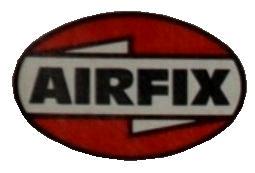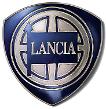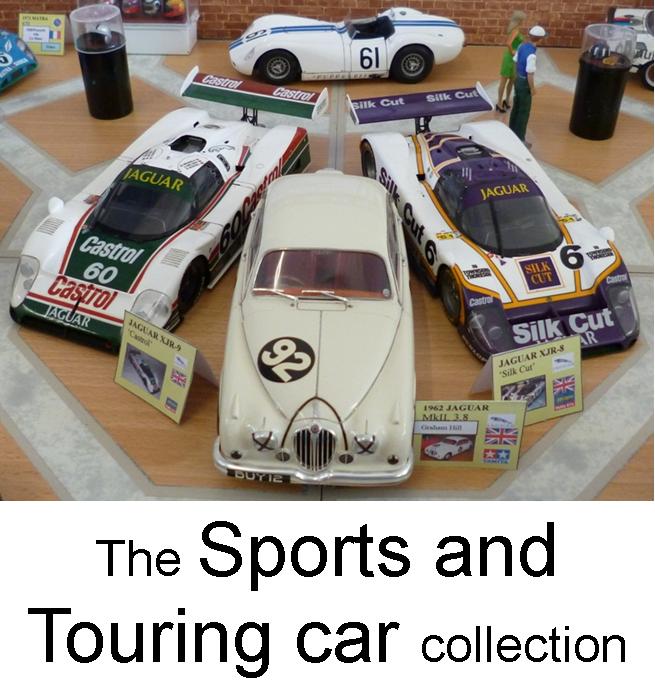The idea behind the Stratos was simply to dominate world rallying. The original concept car was shown at the Turin motor show of 1970 but the car that hit the Rally circuit was rather a different beast. Bertone developed the body work further and it is still as stunning today as it was back in the 1970s. In order to be homologated for Group4 rallying Lancia needed to make a large number of road going cars which was a bit of an issue as the car wasn’t really a practical road car at all; but, in total, 492 cars were built.
The Stratos was hoped to be a match, or better, for the Porsche 911s and Renault-Alpines and it more than lived up to expectations. The short wheelbase Stratos was fast and agile, a little ‘twitchy’ under power and prone to let loose at the back, in other words, it was an ideal rally car. Sandro Munari and Bjorn Waldegard drove the Stratos to World Rally Championship victory in 1975, '76 and '77. The Stratos also won the 1974 Targa Florio driven by Gerard Larrousse. Lancia were so dominant in rallying that by the mid 1970s thoughts were turning to Group5 circuit racing and the 'Silhouette' series.
But the twitchiness of the short wheelbase Stratos was not at all useful on the track, so chief engineer Mike Parkes oversaw the lengthening of the wheelbase with an improvement in handling being the result. As for the engine, that too got a makeover. Originally Enzo Ferrari had withheld consent for Lancia to use the Dino v6 engines but just as a deal was struck with Maserati Enzo changed his mind and all the Lancia Stratos cars, road or race, were powered by Ferrari Dino engines. Now, group5 racing also allowed for turbo charging which meant power output could suddenly jump from 190bhp in the normally aspirated engine to a massive 280bhp in the Grp5 car.
Bertone once again produced the body work featuring wings, splitters and a very long tail section, all scarily aggressive looking. As the Turbo engine drank fuel and the circuit races would be longer more fuel storage was required and Lancia took the unusual step of turning the door sills into fuel tanks.
The first Giro d’Italia automobilistico was held in 1901 but fans had to wait until 1973 before another long distance ‘Giro’ was held. Perhaps having the Mille Miglia negated the need for a Giro but when the Mille Miglia was stopped Italian race fans soon started yearning for a good old fashioned road race. Organized by the Automobile Club of Italy the ‘Giro’ was in many ways a rally held over closed public roads. It not only attracted the worlds best Rally drivers but several F1 stars also took part, including World champion Jody Scheckter and the Italian idol Gilles Villeneuve. The 1976 event was won by a red and white Marlboro sponsored Stratos Grp5 car driven by Charles Facetti & Piero Sodano. For the 1977 Giro the famous Alitalia colours graced the Grp5 Stratos ‘Silhouette’ car of Sandro Munari & Piero Sodano.
The 'Grp5 Silhouette' Stratos had a powerful engine and aggressive aerodynamic aids that looked the part but, sadly, it was never really developed properly. Lancia didn’t spend the money and reliability robbed the design of its just rewards. However, of the five races the Grp5 Stratos entered, it finished twice and won both times.
On the Rally front the Stratos was far from dead and carried on winning. It took the 1981 'Tour de course Automobile' in the hands of Bernard Darniche and a total of 4 victories in the Monte Carlo Rally.


1/24th scale kit.
Built by Ian.
Having picked this model up cheap in a job lot of models for spares or repairs the unusual Grp5 body work was more than enough to get Ian itching to build. The Stratos is his all time favourite rally car anyway so he was delighted to have this oppertunity. Building of this model stalled for a while due to decal issues but it was eventually finished in April 2012.
Airfix, Gunze Sangyo, Tamiya and others have produced this car kit in varying degrees of detail and quality but although this model is a curbside model it seems to be the sort of car which is all about the outside rather than what is underneath. Ian added some details to the cabin like a little wiring and some seat belts but the bulk of the work was in stopping up all the gaps that let light through were the chassis plate didn't fit the body.
The body is painted with Halfords Appliance white spray paint and the decals are covered with Johnson's Klear to seal them in. A few generic photo-etch hood pins finish the exterior look. All the painting inside was done with Halfords spray paints and Citadel acrylics for the details.
RETURN TO :-
